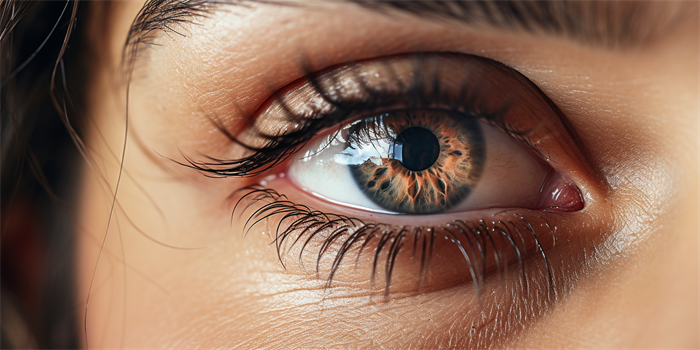Can I Eat Beef After Microblading in Hanuabada?
Microblading, a popular cosmetic procedure in Hanuabada and worldwide, involves the semi-permanent tattooing of eyebrows to enhance their appearance. This procedure requires careful post-treatment care to ensure optimal healing and results. One common question among individuals who have undergone microblading is whether they can consume beef post-procedure. This article delves into various aspects of post-microblading dietary considerations, focusing on the consumption of beef.

Understanding Microblading Recovery
The recovery period after microblading is crucial for the healing of the skin and the longevity of the tattooed eyebrows. During this time, the skin is more susceptible to infections and other complications. It is generally advised to avoid foods that might trigger inflammation or allergic reactions, as these could potentially affect the healing process. Beef, being a common protein source, is often scrutinized in this context due to its potential to cause issues if not handled or cooked properly.
Dietary Considerations Post-Microblading
When considering the consumption of beef after microblading, several factors come into play:
- Nutritional Value: Beef is rich in protein and essential nutrients, which are beneficial for overall health and healing. However, the method of preparation and the quality of the beef are critical.
- Potential Allergies and Sensitivities: Some individuals may have allergies or sensitivities to beef or its components, which could exacerbate skin conditions or interfere with the healing process.
- Inflammatory Properties: Certain types of beef, particularly those high in saturated fats, can contribute to inflammation. Inflammation can delay healing and potentially affect the appearance of the microbladed area.
Safe Beef Consumption Practices
To safely include beef in your diet post-microblading, consider the following practices:
- Choose Lean Cuts: Opt for lean cuts of beef to minimize the intake of saturated fats, which can contribute to inflammation.
- Proper Cooking: Ensure that the beef is thoroughly cooked to avoid any risk of foodborne illnesses, which could complicate the healing process.
- Monitor Reactions: Pay close attention to any skin reactions or discomfort after consuming beef. If any adverse reactions occur, it may be advisable to avoid beef or consult with a healthcare provider.
Expert Recommendations
Cosmetic professionals and dermatologists often recommend a balanced diet rich in nutrients to support the healing process after microblading. While beef can be part of this diet, it is crucial to consume it responsibly. Consulting with a healthcare provider or a nutritionist can provide personalized advice based on individual health conditions and dietary needs.
FAQ
Q: How long should I wait to eat beef after microblading?
A: There is no specific waiting period for eating beef after microblading. However, it is advisable to start with small amounts and monitor for any adverse reactions, especially in the first few days post-procedure.
Q: Can eating beef affect the color of my microbladed eyebrows?
A: There is no scientific evidence to suggest that eating beef directly affects the color of microbladed eyebrows. The color is primarily influenced by the pigments used during the procedure and individual skin characteristics.
Q: Are there any specific types of beef I should avoid after microblading?
A: It is generally recommended to avoid highly processed or fatty cuts of beef, as these can contribute to inflammation. Opt for lean, well-cooked beef to minimize any potential risks.
In conclusion, while beef can be included in the diet after microblading, it is essential to consider its quality, preparation, and potential effects on individual health. By following safe consumption practices and monitoring for any reactions, individuals can enjoy the nutritional benefits of beef without compromising their microblading results.




